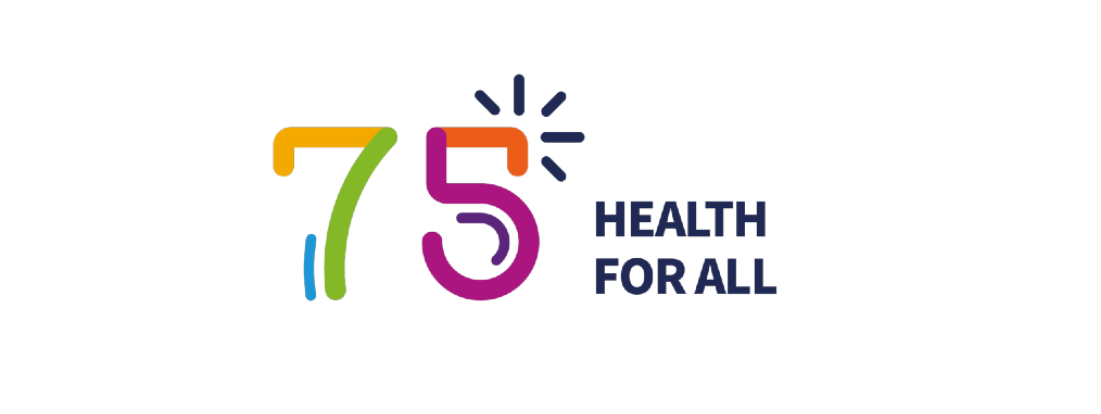How do we make health equity a reality?

Health equity means putting in place policies and allocating resources so that the people with less resources and those who face exclusion and discrimination (on the grounds of race, sex, gender, age, disability, or income) see greater improvements in their health and living conditions faster than those who are better off. The role of the health sector The health sector has several important roles in fostering health equity. First, it must do all it can to ensure it promotes health equity by ensuring that everyone can receive high-quality health services when they need them, at an affordable cost (getting sick must not lead to financial hardship). This is known as “ universal health coverage ”, which all countries have committed to achieving by 2030 . But currently, about half of the world’s people do not receive all the essential health services they need, and about 100 million people are driven into poverty each year by the cost of health care. And it is not just ...






















